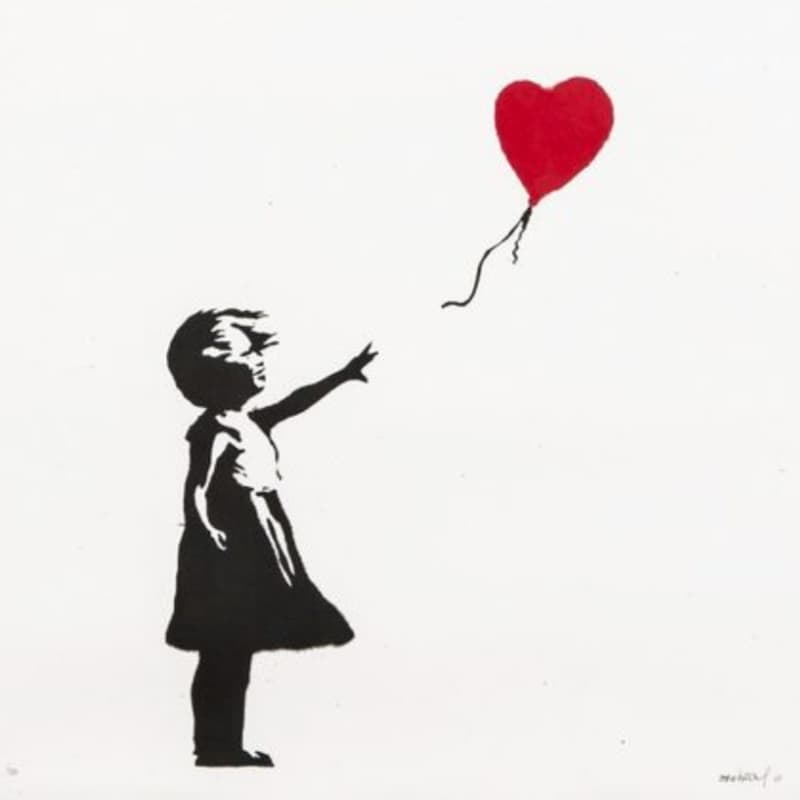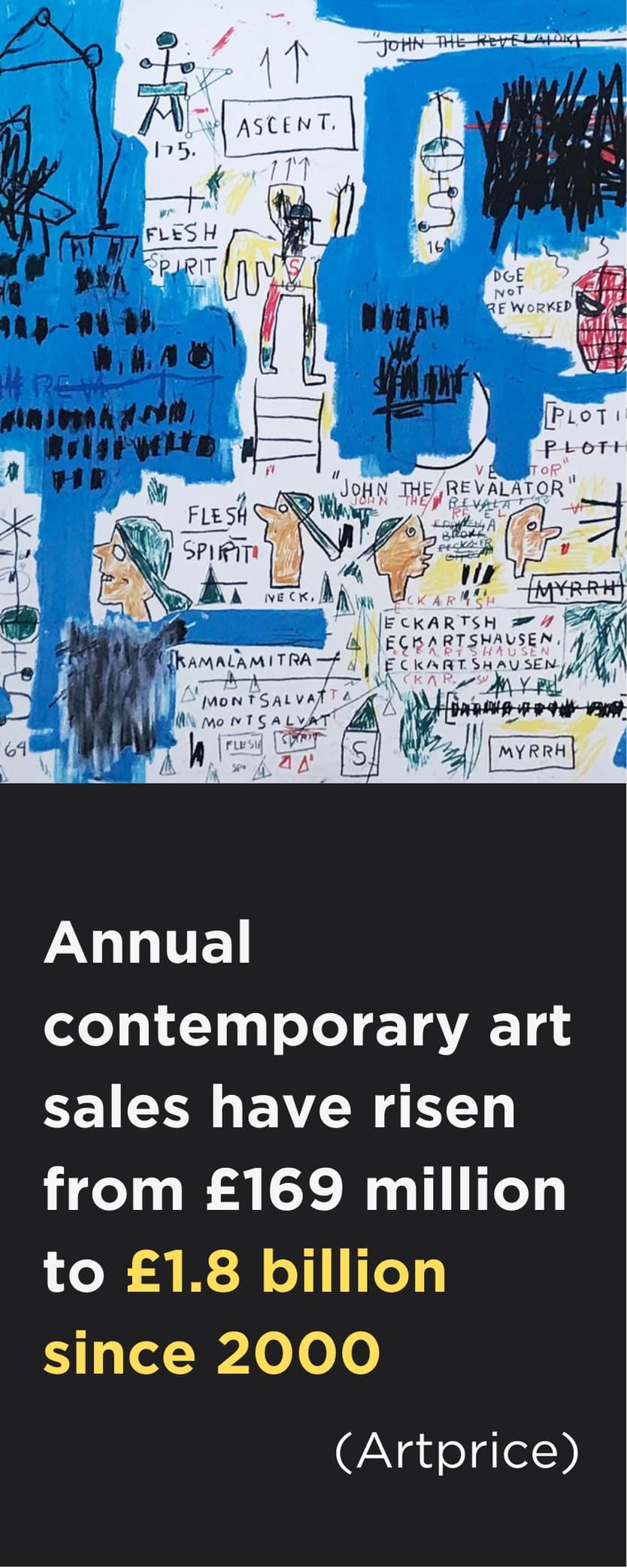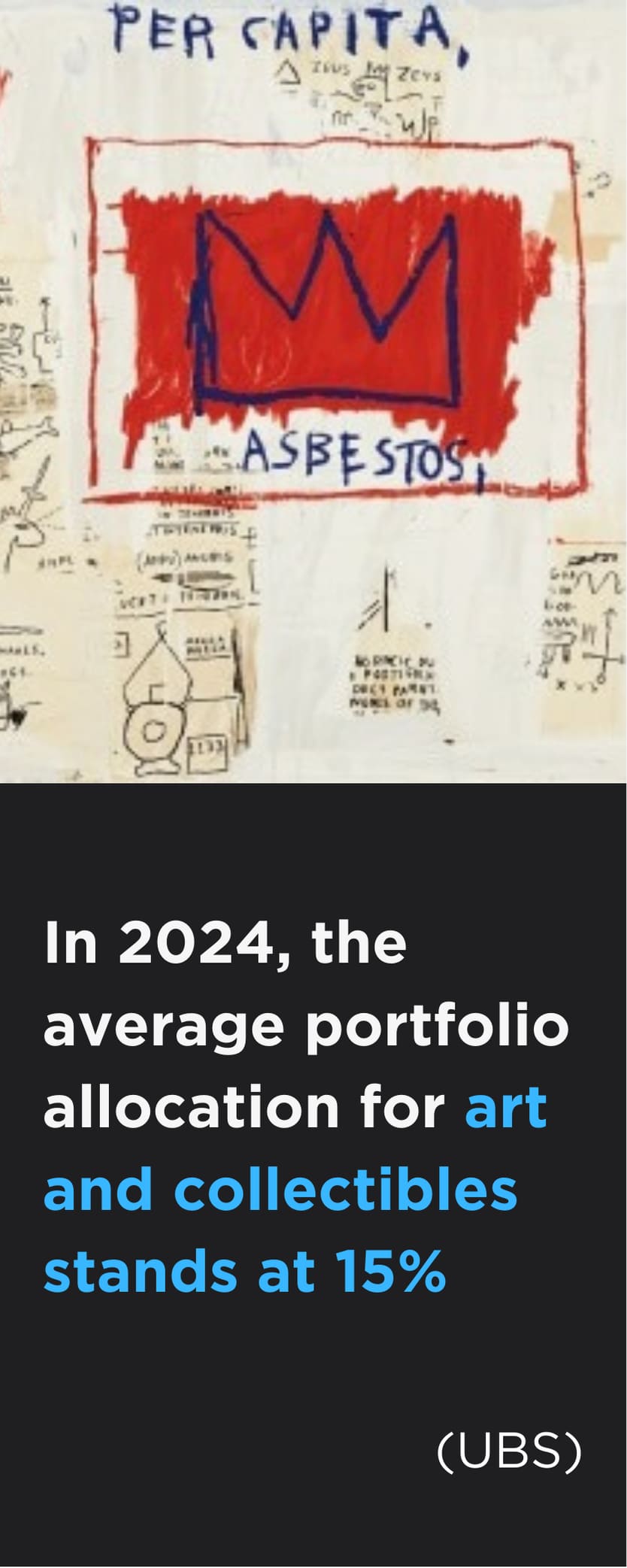Artists
Discover exceptional artists at Maddox Gallery, from blue-chip icons to invest in to emerging talents. Explore works that define their vision, showcasing contemporary artists shaping the future of the art world and offering investment opportunities.
Artist lists
-
 Banksy
Banksy -
 David Hockney
David Hockney -
 Yayoi Kusama
Yayoi Kusama -
 Andy Warhol
Andy Warhol -
 David Yarrow
David Yarrow -
 The Connor Brothers
The Connor Brothers -
 Bridget Riley
Bridget Riley -
 Mel Bochner
Mel Bochner -
 Jean-Michel Basquiat
Jean-Michel Basquiat -
 Terry O'Neill
Terry O'Neill -
 Cooper
Cooper -
 RETNA
RETNA -
 Keith Haring
Keith Haring -
 Harland Miller
Harland Miller -
 KAWS
KAWS -
 Damien Hirst
Damien Hirst -
 Mulgil Kim
Mulgil Kim -
 Celine Ali
Celine Ali -
 Giovanni Motta
Giovanni Motta -
 Juan Cuéllar
Juan Cuéllar -
 Fanny Brodar
Fanny Brodar -
 Geoffrey Bouillot
Geoffrey Bouillot -
 Charlotte Rose
Charlotte Rose -
 Invader
Invader -
 Helen Beard
Helen Beard -
 Sam Smyth
Sam Smyth -
 François Bonnel
François Bonnel -
 TOUILS
TOUILS -
 Alessandro Florio
Alessandro Florio -
 bErto
bErto -
 Jerkface
Jerkface -
 KEAN
KEAN -
 Jeff Koons
Jeff Koons -
 Robert Nava
Robert Nava -
 Russell Young
Russell Young -
 STIK
STIK -
 Will Martyr
Will Martyr -
 Roy Lichtenstein
Roy Lichtenstein -
 George Condo
George Condo -
 Jessica Brilli
Jessica Brilli -
 David Shrigley
David Shrigley -
 Takashi Murakami
Takashi Murakami -
 Lefty Out There
Lefty Out There -
 Neil Leifer
Neil Leifer -
 Ed Ruscha
Ed Ruscha -
 Brent Estabrook
Brent Estabrook -
 Tracey Emin
Tracey Emin -
 Miaz Brothers
Miaz Brothers -
 Gerhard Richter
Gerhard Richter -
 Yoshitomo Nara
Yoshitomo Nara -
 Ross Muir
Ross Muir -
 Nicolas Party
Nicolas Party -
 Richard Hambleton
Richard Hambleton -
 Julio Sarramián
Julio Sarramián -
 Coco Dávez
Coco Dávez -
 Miriam Dema
Miriam Dema -
 Oscar Llorens
Oscar Llorens -
 Iván Montaña
Iván Montaña -
 Moritz Moll
Moritz Moll -
 Nick Grindrod
Nick Grindrod -
 Mr Brainwash
Mr Brainwash -
 Dairo Vargas
Dairo Vargas -
 Niall Campbell Strachan
Niall Campbell Strachan -
 Jordy Kerwick
Jordy Kerwick -
 Sooyoung Chung
Sooyoung Chung -
 Jo Gyuhun
Jo Gyuhun -
 Bibi Lei
Bibi Lei -
 David Pher
David Pher -
 Carl Hopgood
Carl Hopgood -
 Schoony
Schoony -
 Joseph Klibansky
Joseph Klibansky -
 Dawn Okoro
Dawn Okoro -
 Cheng Zhe
Cheng Zhe -
 Jonas Wood
Jonas Wood -
 Christopher Wool
Christopher Wool -
 Julian Opie
Julian Opie -
 Robert Indiana
Robert Indiana -
 Michael Moebius
Michael Moebius -
 Bradley Theodore
Bradley Theodore -
 Richard Prince
Richard Prince -
 Javier Calleja
Javier Calleja -
 Dean Fox
Dean Fox
-
Banksy
-
David Hockney
-
Yayoi Kusama
-
Andy Warhol
-
David Yarrow
-
The Connor Brothers
-
Bridget Riley
-
Mel Bochner
-
Jean-Michel Basquiat
-
Terry O'Neill
-
Cooper
-
RETNA
-
Keith Haring
-
Harland Miller
-
KAWS
-
Damien Hirst
-
Mulgil Kim
-
Celine Ali
-
Giovanni Motta
-
Juan Cuéllar
-
Fanny Brodar
-
Geoffrey Bouillot
-
Charlotte Rose
-
Invader
-
Helen Beard
-
Sam Smyth
-
François Bonnel
-
TOUILS
-
Alessandro Florio
-
bErto
-
Jerkface
-
KEAN
-
Jeff Koons
-
Robert Nava
-
Russell Young
-
STIK
-
Will Martyr
-
Roy Lichtenstein
-
George Condo
-
Jessica Brilli
-
David Shrigley
-
Takashi Murakami
Basket
Please note items are not reserved until you have completed checkout.
No items found
Close
Your saved list
This list allows you to enquire about a group of works.
No items found
London
Gstaad
Los Angeles























































































